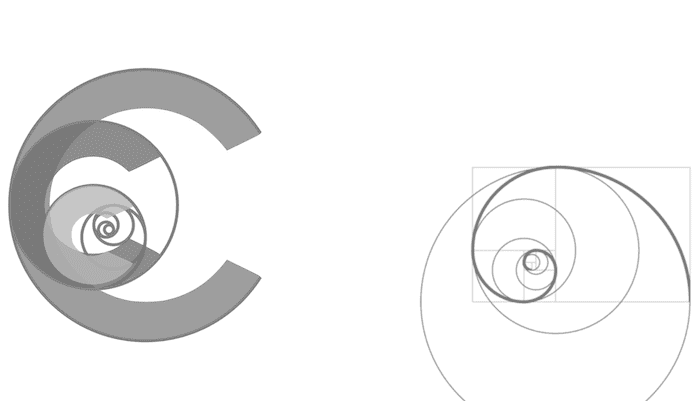Nosocomial Pneumonia
OVERVIEW
Nosocomial or hospital-acquired pneumonia (HAP) is defined as pneumonia that is not incubating at the time of admission to hospital and develops in a patient hospitalised for >48 hours.
- common and has significant mortality
- results primarily from micro-aspiration of oropharyngeal and upper GI bacteria
CAUSATIVE ORGANISMS
The spectrum of potential pathogens associated with HAP differs from that of community-acquired pneumonia (CAP) — reflects organisms that colonise the oropharynx of hospitalised patients
- aerobic Gram negative bacilli – ESCAPPM, Klebsiella
- Legionella
- MDR organism – MRSA, Enterobacteriaceae, Pseudomonas aeruginosa, Acinetobacter, Stenotrophomonas maltophila
- viruses – influenza, RSV, adenovirus, parainfluenza
- Aspergillus (e.g. aerosols from building works at hospital leading to contamination of air with soil)
RISK FACTORS
- intubation
- COPD
- ARDS
- low albumin
- mechanical ventilation > 3 days
- those requiring ICP monitoring
- coma or decreased LOC
- burns
- trauma
- high APACHE score
- H2 blockers or antacids
- previous antibiotics
- use drugs that are markers of severe disease (inotropes, sedation, paralysis)
- re-intubation
- bronchoscopy
- NG tube
- transport
Risk factors for Legionella
- diabetes
- immunosuppression
- high-dose corticosteroid therapy
- malignancy
- end-stage renal failure
- history of smoking
- excessive alcohol use
- known local prevalence of hospital-acquired disease
CLINICAL FEATURES
- crackles or dullness to percussion and any of the following:
- purulent sputum
- organism from blood cultures
- CXR signs: infiltrate, consolidation, cavitation, effusion
- virus in sputum
- IgM antibody +ve
- 4 fold increase in IgG titre
- histopathology +ve for pneumonia
DIAGNOSIS
Reliable diagnosis of HAP is difficult and there are no universally accepted clinical or laboratory criteria that have sufficient diagnostic sensitivity and specificity
- The presence of bacteria in expectorated sputum or endotracheal aspirate cultures usually represents colonisation only, and does not itself justify a diagnosis of HAP
- Most postoperative patients with shadowing on chest X-ray do not have pneumonia, they have atelectasis
ASSESSMENT
Clinical
- focal chest signs
- purulent sputum
- fever
Laboratory
- inflammatory marker elevation
- positive cultures (sputum or blood)
- 4 fold increase in antibody titres
- histopathology consistent with pneumonia
Radiological
- infiltrate
- consolidation
- cavitation
- pleural effusion
MANAGEMENT
Principles of antibiotic therapy
- start empirically
-> scale back at day 2 if patient improved - know local biograms
- failure to control –
> re-evaluation of antibiotic therapy - treat organism grown
Risk stratify patients:
(1) low risk of MDR organism – standard ward, < 5 days in hospital
- cover Pneumococcus and non-MDR GNBs
-> mild: augmentin or benzylpenicillin + gentamicin
-> moderate/severe: ceftriaxone or cefotaxime or tazocin or timentin
(2) high risk of MDR organism – ICU/HDU or area with known MDR problem for 5 or more days
- cover MDR organisms
- stop antibiotics for VAP at 6-8 days (evidence that longer courses lead to colonisation with MROs)
- treat Pseudomonas aeruginosa, Acinetobacter species or Stenotrophomonas maltophilia for 15 days
-> tazocin or timentin or cefepime
-> if suspected MRSA add in vancomycin (pre-existing longterm lines, prior MRSA, in hospital > 7day or recent admission <3 months)
-> add gentamicin if critically ill (ventilated) to cover MDR organisms (use ciprofloxacin if age >65y, GFR <50 or recently on gentamicin)
-> add teichoplanin if VRE colonized
References and Links
- Masterton RG, Galloway A, French G, Street M, Armstrong J, Brown E, et al. Guidelines for the management of hospital-acquired pneumonia in the UK: report of the working party on hospital-acquired pneumonia of the British Society for Antimicrobial Chemotherapy. J Antimicrob Chemother 2008;62(1):5-34. [PubMed]

Critical Care
Compendium
Chris is an Intensivist and ECMO specialist at The Alfred ICU, where he is Deputy Director (Education). He is a Clinical Adjunct Associate Professor at Monash University, the Lead for the Clinician Educator Incubator programme, and a CICM First Part Examiner.
He is an internationally recognised Clinician Educator with a passion for helping clinicians learn and for improving the clinical performance of individuals and collectives. He was one of the founders of the FOAM movement (Free Open-Access Medical education) has been recognised for his contributions to education with awards from ANZICS, ANZAHPE, and ACEM.
His one great achievement is being the father of three amazing children.
On Bluesky, he is @precordialthump.bsky.social and on the site that Elon has screwed up, he is @precordialthump.
| INTENSIVE | RAGE | Resuscitology | SMACC
